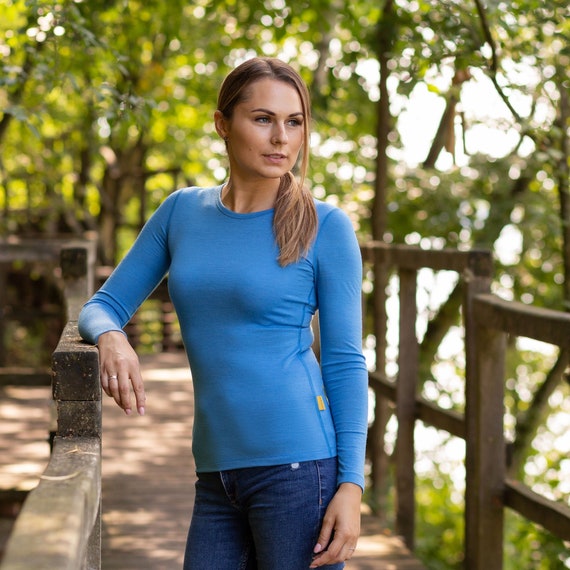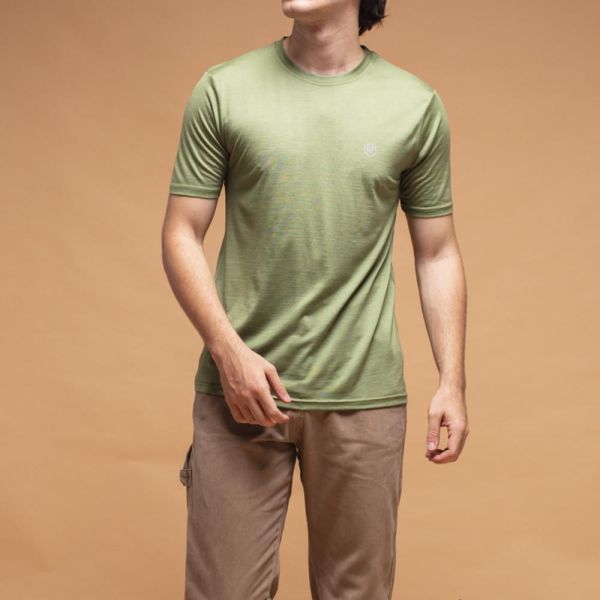Recommended Merino Wool Base Layers Info
Wiki Article
Why Is The Yak Merino Base Layer So Efficient For Winter Sports Clothing?
Yak Merino Wool Base Layers excel in winter sport clothing due to the factors that improve the temperature, heat regulation as well as comfort and durability.
Both Merino and yak wool have naturally insulating properties. Yak wool holds heat in its hollow fibres. Merino Wool is also renowned for its exceptional insulation.
regulates body temperature. The fabric is breathable, and helps maintain body temperature by holding in heat during cold weather conditions.
Moisture Management-
Merino wool is a moisture-wicking. Its properties help disperse moisture and keep sweat from accumulating. Yakwool is also a great way to transport moisture. It keeps users dry and comfortable when engaged in vigorous physical exercise.
Comfort-
Softness The softness Merino is renowned for its fine, soft fibers which are kinder to the skin. The inclusion of yak wool, with soft fibers, increases the comfort.
Odor Resistant- Both types have antimicrobial properties that reduce the growth of the bacteria responsible for unpleasant odors. They also keep the clothing fresh.
Durability-
Strength and Resilience - Yak is a durable fiber, but when combined with merino, it is stronger and more durable to wear. This makes the fabric suitable for strenuous activities.
Natural Fiber Benefits-
Yak, merino, as well as other renewable fibers are environmentally green.
These wools have a natural versatility that allows them to be used in varying weather conditions.
The combination of yak wool and merino maximizes the benefits of each material and creates the best fabric in giving warmth, controlling temperatures, managing moisture, offering comfort, and being durable. Yak merino base layers are therefore ideal for winter sportswear as they cater to the needs of the outdoors and in cold temperatures. They will also keep you dry and comfortable. Follow the top merino wool base layers examples for blog tips including sweaty betty ski base layer, hh lifa merino, sweaty betty ski base layer, ski thermals womens, ski thermals womens, merino wool leggings women's, icebreaker merino wool base layer, merino wool base layers, omniwool base layer, wool long underwear and more.

What Are The Advantages Bamboo Clothing Can Provide In Regards To Thermal Regulation As Well As Uv Protection?
Thermal Regulation-
Insulation - Bamboo fabric has natural thermal regulation properties. This fabric provides warmth and comfort in cold conditions while remaining cool and breathable. It aids in controlling body temperature as it retains heat in cooler conditions while also allowing for excessive heat to be prevented when exercising.
UV Protection
UV Resistance- The bamboo fabric gives natural protection from harmful UV rays. It is able to block an extensive portion of UV radiations from the sun. This gives you an additional layer of protection when wearing it outside.
Biodegradability-
Bamboo clothing is biodegradable and will break down organically by the end its lifecycle without leaving toxic remnants. It also does not cause pollution. This reduces the amount of waste that is generated and also the environmental impact of the disposal of clothes.
Environmental Impact-
Sustainable - Bamboo as a raw material is highly durable. It expands quickly and in abundance with no need for chemical fertilizers, pesticides or other chemical. The environmental footprint is decreased. Its rapid growth rate is what makes it renewable.
Bamboo requires a smaller amount of water when compared with other crops like cotton. It is a more water-efficient crop. This aspect is important for conservation efforts, and it helps reduce the strain on water resources.
Soil Conservation
Soil Health Bamboo farming does not usually deplete the soil's nutrients, nor do they require excessive irrigation. This is a good thing as it improves the health of soils, and decreases the risk of the risk of harmful agricultural practices.
Carbon Sequestration
Carbon Absorption: Bamboo plants absorb more CO2 while releasing greater amounts of oxygen than other species. This can lower carbon dioxide emissions and combat global warming.
Bamboo clothing's benefits are its thermal control in addition to UV protection and biodegradability. Bamboo is an excellent option for those seeking sustainable clothes. These qualities align with environmental conscious practices and provide benefits for the environment as well as wearers. Take a look at the best his comment is here for bamboo clothing for site recommendations including bamboo brand jeans, clothes made from bamboo fiber, bamboo workout clothes, bamboo newborn clothes, bamboo ladies pants, bamboo fibre clothing, bamboo womens shirts, bamboo baby pajamas, mens boxer shorts bamboo, bamboo boxer shorts and more.

What Is The Way That Bamboo And Merino Clothing Compare With Regular Wool?
Merino wool layers, bamboo clothing, and regular wool have distinct characteristics that differentiate them Merino Wool-
Merino's soft fibers are easy on your skin. It's less likely to cause irritation or itching than wool that is more traditional.
Moisture-wicking Merino wool has excellent moisture-wicking properties, pulling moisture away from the skin while let it evaporate while keeping the wearer dry and comfortable.
Merino Wool is a great insulation and can provide warmth even in wet conditions. It regulates temperature and gives insulation in cold temperatures, while allowing breathability even in hot temperatures.
Odor Resistance- It naturally blocks the growth of odor-causing bacteria and keeps clothes fresh after long wear.
Bamboo Clothing
Softness Bamboo clothing is known for its silky soft texture. It can be compared to silk or even cashmere. It's soft and luxurious to wear.
Moisture-Wicking Bamboo fabric has moisture-wicking properties that draw water away from the skin, keeping the wearer dry throughout physical exercise.
Temperature Regulation- Bamboo clothing has natural temperature-regulating abilities, offering warmth in winter and breathability to prevent overheating.
Sustainability- Bamboo grows quickly and without pesticides or fertilisers. It is biodegradable, and has a low environmental impact.
Regular Wool-
Texture- Wool from the traditional has a variety of textures, with some types being coarser and more prone to causing itching or discomfort.
Warmth- Regular wool provides great insulation and warmth, but it can also feel bulky or heavy.
Wool absorbs moisture and is therefore less effective in drying moisture than merino or bamboo fabrics. It retains warmth even in damp conditions.
Merino is soft and has excellent moisture-wicking. It is also insensitive to smells. Bamboo clothing has a soft texture, moisture-wicking abilities as well as temperature regulation and long-term sustainability. Regular wool is different in texture. It may not be as soft or possess the same moisture wicking ability as bamboo or merino but it does provide warmth. Each one is distinctive and caters to different winter clothing preferences. Have a look at the best more info for blog recommendations including best merino wool base layer women's, baselayer bottom, smart wool baselayer, best baselayers for skiing, lightweight merino wool base layer, ski layers, ski base layer womens, wool long underwear, merino wool ski base layer, merino wool long johns and more.
